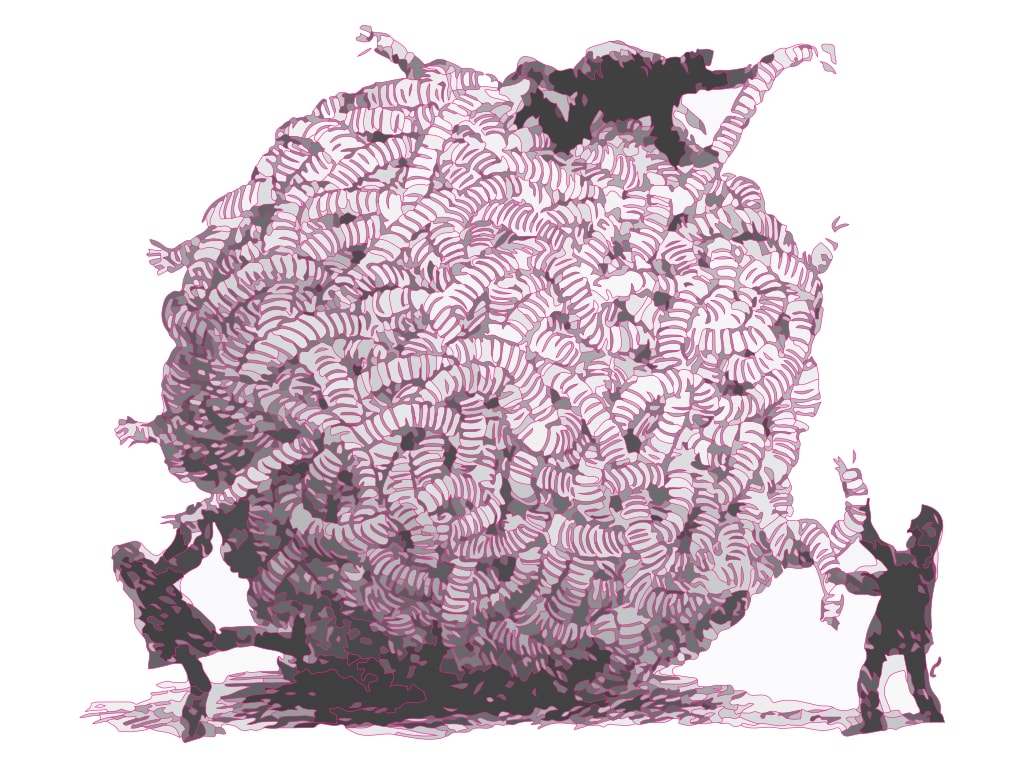How do we capture a program of scholarship in an image? This is particularly complicated when the work is a tangled web of connections between research, teaching and practice, spread out over multiple publications, presentations and people. One attempt to do this, around our work on creativity is given below. But first some context.
Recently Danah Henriksen and I were invited to the Learning, Literacies & Technology doctoral seminar offered by Frank Serafini to speak about our work around trans-disciplinary creativity. This gave us an opportunity to look back on the broader program of research around creativity we have been engaged in over the past 10 years or so. (Firstly, its amazing to think that we have been working in this area for almost a decade!!). There are many layers to this work – involving research, teaching, and practice and part of it was captured in a handbook chapter we published a couple of years ago :
Mishra, P., Henriksen, D. & Mehta, R. (2015). Creativity, Digitality, and Teacher Professional Development: Unifying Theory, Research, and Practice. In In M. Niess, & H. Gillow-Wiles (Eds.) Handbook of Research on Teacher Education in the Digital Age (pp. 691-722). Hershey, PA: Information Science Reference. [Download the article as a PDF]
Towards the end of the paper we wrote:
In conclusion, we must reiterate that this is on-going work and this paper offers just a snapshot of a complex, winding, and non-linear process… If our experience tells us anything it is that building this bridge between theory and action, research and practice is a complex one. Our approach has been to take on all of them somewhat simultaneously allowing us to see just dialogic and transactional this act can be…. [In addition] the vagaries of journal publishing schedules, the immediate pressures of teaching, the intricate negotiations with co-authors, and the contingent, haphazard nature of life itself have sometimes played narrative havoc with what might otherwise be a clear timeline. In some sense, this contingency lies at the heart of the phenomenon we seek to understand: creativity, and its role in teaching and learning.
As a part of writing this chapter we constructed a chart to capture the different strands of work and how they have fed into each other – attempting to untangle this “complex, winding, and non-linear” process. Danah and I took this invitation to present to Frank’s class as an opportunity to update the chart. The updated version, for the record, is given below. Click on the image below to see a larger version.

It is critical to note here the importance of the Deep-Play Research Group, an informal group of faculty and graduate students originally at Michigan State and now expanded to Arizona State University as well. Almost all of this work has been informed by their effort, insights and creativity. Most of them have, at some point or the other, co-authored articles that are shown above.



0 Comments